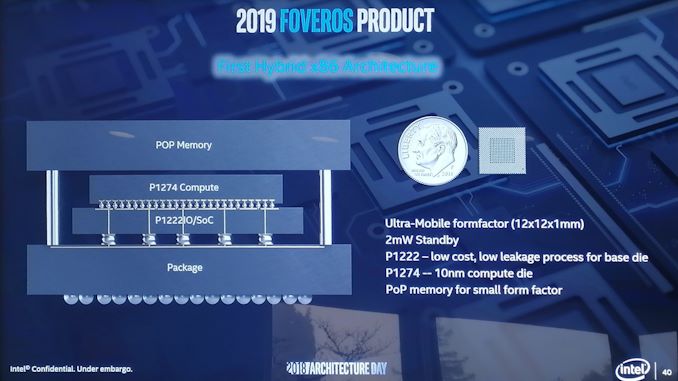- Nov 14, 2011
- 10,440
- 5,788
- 136
http://aeassa.blogspot.co.uk/2018/05/exclusive-intel-lakefield-soc-details.html
Sounds like an interesting product! I hope that Intel combines it with enough GPU EUs to make it a decent choice for mobile gaming.
Sounds like an interesting product! I hope that Intel combines it with enough GPU EUs to make it a decent choice for mobile gaming.




